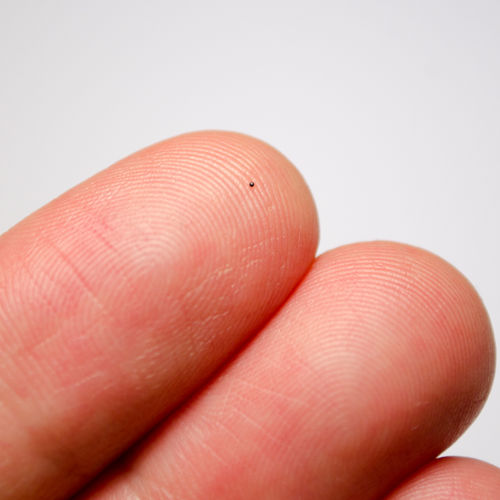| ID | #1635866033 |
| Añadido | Mar, 02/11/2021 |
| Autor | July N. |
| Fuentes | |
| Fenómenos | |
| Estado | Hipótesis
|
Datos iniciales
Un "Cráter" de origen desconocido fue descubierto en Ezicoma, en el sur de Alberta, en abril de 2001.
El informe oficial cita datos de prueba y luego afirma que el Cráter no pudo haber sido causado por extraterrestres porque los "puntos de aterrizaje" dentro del Cráter no son simétricos. acordado. (!) El informe concluye que el Cráter es el resultado de la caída de un meteorito.
Noticias originales
From: Chris Rutkowski <rutkows@cc.UManitoba.CA>
Date: Thu, 21 Jun 2001 10:34:36 -0500 (CDT)
Fwd Date: Fri, 22 Jun 2001 15:14:13 -0400
Subject: Etzikom UGM Site, Alberta
Since this news will be breaking soon, anyway (and because it has already been mentioned on SDI), I thought I would give a bit of an update on the Etzikom "crater" found in southern Alberta in April 2001. The case has received fairly mimimal attention from the media, but a few articles have been written about it so far. One of the is online at: http://www.prairie-post.com/news/052501-4.html That page refers mostly to an earlier article not currently archived and focuses on an old UFo sighting that is unrelated. However, the Friday, June 22, 2001 issue of the same paper will be carrying a feature article about the site, but will likely not be archived right away. It will, however, probably generate some more regional media attention. The best source for info is Gord Kijek's AUFOSG site: http://www.aufosg.org/kijek/page181.html Gord has soil samples. What is most interesting about this UGM is that it was investigated quite thoroughly by a number of scientists _before_ the UFO community was aware of it. Soil scientists, physicists and geologists from two different institutions have now examined the site, and an official report has been issued this week. I was called for my advice on the course of action early in the investigations, and consulted with a number of people as to the types of tests that might be useful. The official report gives the test data and then theorizes that the crater could not have been caused by aliens because the "landing marks" within the crater are not symmetrically arranged. (!) The report concludes that the crater is the result of a meteorite fall. Gord Kijek, who examined the site in some detail, told me he has no explanation for the UGM at this time, if it's not a real meteor crater. It's not a sinkhole, a lightning strike or (probably not) a natural gas explosion. The trouble is that if it _is_ a meteor crater, it's still extremely unique. Nothing in my astronomical or geophysical training remotely resembles a _new_ meteor crater. Most textbooks illustrate impact cratering with Crater Lake in Oregon, the Ungava Peninsula in Quebec, or Barringer in Arizona. This crater, albeit small compared with Barringer, is the first significantly-sized meteor crater that I have heard of in recent times. Even the fireball that generated a huge wave of sightings across Eastern North America several years ago ony made a bucket-sized crater in the soil. The Etzikom crater is about ten feet wide. The word today is that NIDS has learned of the site and is on its way for an investigation. Lord knows what they'll do. At least we already have a report on the scientific analysis. Does anyone know of any other _contemporary_ meteor crater being found recently (i.e. in historical times)? Tunguska doesn't count. Oh, and BTW, Canada's leading authority on impact craters, the guy who proved the dinosaurs died off after an impact event, does not think the Etzikom crater was made by a meteorite. So, if it's not a meteor crater ....
-- Nobody in particular
Hipótesis
Eventos
Lanzamientos de cohetes (desde space.skyrocket.de)
- Sitio: () Vehículo: Shuttle Carga útil: Endeavour F16 (STS-100 / ISS-6A) MPLM 2-01 (Raffaello F1) ⇑
Investigación
Currículum
Hechos similares
Inicie sesión o regístrese para comentar










